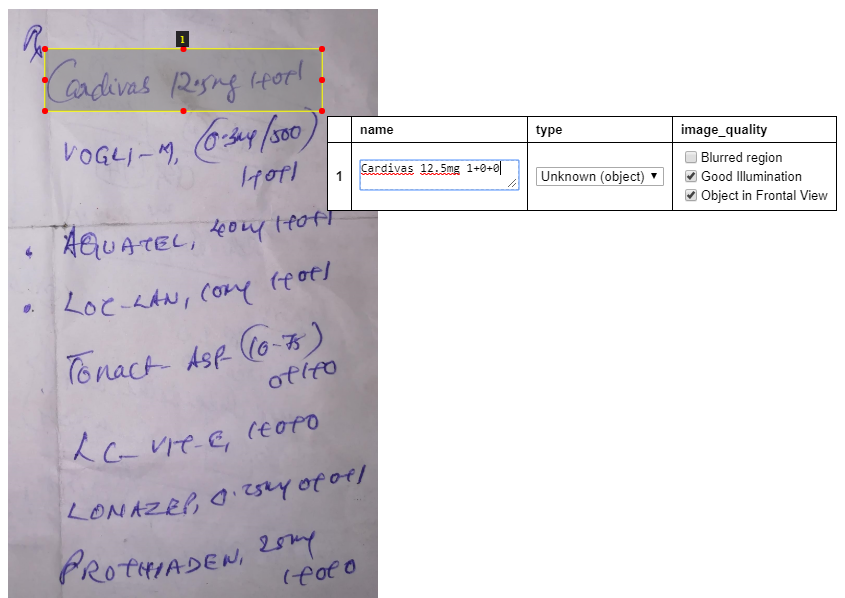
- #USNG MACHINE LEARNING TO CONVERT HANDWRITING TO WORD INSTALL#
- #USNG MACHINE LEARNING TO CONVERT HANDWRITING TO WORD SOFTWARE#
- #USNG MACHINE LEARNING TO CONVERT HANDWRITING TO WORD ZIP#
If you do not provide the latter, it is assumed to be 0. The variables given to the script are the name of the text file used to generate the text and the starting line number. Here, the first part invokes Python and instructs it to run the script named get_hand.py. Next, let’s get the individual lines using the following command: python get_hand.py example.txt 0 Let’s copy-paste our text into the file, and make sure that no line is longer than 100 characters. So let’s use our favourite editor and open a blank txt file with the following command: vim example.txt We need to create a plain text file of what we need written. Now, we navigate to the handwritten folder using the following command: cd handwritten This will create a folder called handwritten, where the program will be. Once downloaded, you can unzip the file using the following command on Linux systems: unzip handwritten.zip.

#USNG MACHINE LEARNING TO CONVERT HANDWRITING TO WORD ZIP#
To go this way, use the link to download the Zip file. The other method does not require git, though it does require some sort of unzipping tool like Unzip in Linux systems or Win-zip in Windows.

First, if you have git installed, you can clone the repository at the following command: git clone Figure 1: Sample Figure 2: Sample page 2
#USNG MACHINE LEARNING TO CONVERT HANDWRITING TO WORD SOFTWARE#
We can now download the software and get going. This installs the two libraries requests and pillow for URL retrieval and image processing, respectively.
#USNG MACHINE LEARNING TO CONVERT HANDWRITING TO WORD INSTALL#
Now that the virtual environment is created and active, we can install libraries in it using the following command: pip install requests pillow To create a virtual environment, we run the following command: virtualenv -p python3 envĪfter this, to activate the virtual environment, use the command given below: source env/bin/activate To avoid complicating matters, let’s use the virtual environment system for Python. Once that is done, we need to install some of the packages required for our software. On Ubuntu, however, you will need the correct version of Python and so need to run the following command: sudo apt-get install python3

If you are on a Linux system, Python is already installed. The steps are as follows.įirst off, we need to install what’s required to run this software. It should work on any platform where Python3.x is installed. This has been tested on Arch Linux and Ubuntu 15. This article does not aim to discuss Graves’ paper, but rather, lets you use the research and create your own handwritten text.


 0 kommentar(er)
0 kommentar(er)
